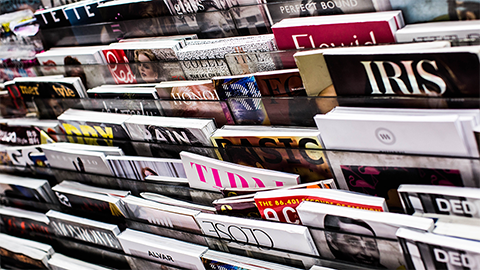How to write a press release
A press release is a short summary of your research. Journalists often use press releases when deciding to write a news article on recent scientific research. Although some science journalists are scientists, they are unlikely to be experts in every area that they cover. Therefore, a press release should be clear, concise, engaging and — most importantly — accurate.
The press release should be accessible to nonexpert readers. Try looking through published press releases for inspiration — archived press releases can be found at news services such as EurekAlert and AlphaGalileo or on institutions’ and journals’ websites.
Below are the key elements of a press release.
Title
Keep it short and enticing and use the active voice. Avoid including too much scientific detail in the title. For example, “Cancer cells communicate through a new molecular messenger” is a better option than “Microvesicle-derived microRNAs are important for intercellular signaling in tumorigenesis.”
First paragraph
This three–four sentence paragraph should include who (the authors), what (the main finding), when (journal and date of publication), and why (relevance). Again, use the active voice and avoid scientific jargon. The first paragraph should be a stand-alone snapshot of the research.
Subsequent paragraph(s)
The rest of the press release should contextualize and provide additional information about the finding. Why is it exciting or unexpected? Nitty-gritty experimental details should be left out in favor of describing how the finding advances scientific knowledge, reinforces a key idea or provides a new method. Importantly, however, the finding must not be overhyped or oversold. A brief quotation from a researcher involved in the work or from a colleague familiar with the importance of the finding also can be included, but be sure that they agree to be quoted.
Contact information
Remember to include contact information for the corresponding author, including their name, email, phone number and institution. Provide information for accessing the original paper, such as a URL or DOI.
Embargoed information
If the press release will be sent while the paper is under embargo, note the date and time that the embargo will be lifted.
Related article
Go ahead, brag a little
Learn how to work with your institution’s communicators and with reporters to tell the world about your research.

